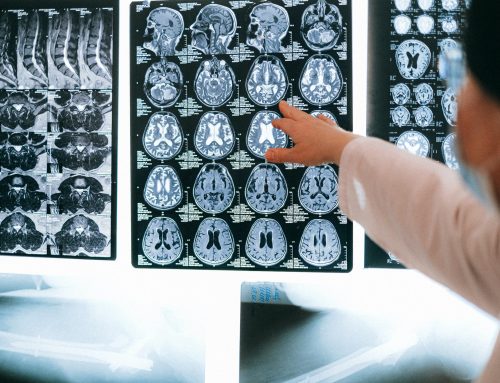Dyslexia is the most common type of reading disorder, in which readers struggle with letter and word sounds, that impacts all areas of reading and sometimes writing. Individuals with dyslexia tend to be slow and effortful readers, struggle with pronouncing and recognizing words, have difficulty with spelling, and struggle with learning a foreign language. Approximately 1 in 5 people in the U.S. has dyslexia, though it can be tricky to identify and diagnose. Children learn to read at various paces, and not all individuals with dyslexia present with the exact same challenges.
Here are some things to look out for that might mean your child or you should be assessed for dyslexia:
• Difficulty sounding out simple words
• Difficulty associating letters with sounds
• Mispronouncing words
• Reading that is slow and takes a lot of effort
• Inserting or deleting words while reading
• Poor spelling and/or handwriting
• Reversing letters or numbers were writing
• Disliking or avoiding reading
• Difficulty recognizing common words or familiar words when reading
• Family history of reading difficulties (regardless of whether or not
dyslexia was diagnosed)
• Trouble learning a second language
• Poor reading comprehension
It is important to remember that dyslexia and other learning disorders are not related to the child’s or person’s intelligence. It is a matter of difference in the way the brain processes incoming information rather than being “smart enough to do it.” Individuals with dyslexia or other learning issues require a special type of learning instruction and need adaptations in the classroom or at work. If dyslexia is suspected, it is best to consult with a psychologist about evaluation. Brief screenings are not sufficient for diagnosing a learning issue, and a more comprehensive evaluation is required to determine the severity of the learning issues, individual strengths and weaknesses, and how to best support these learning differences.






